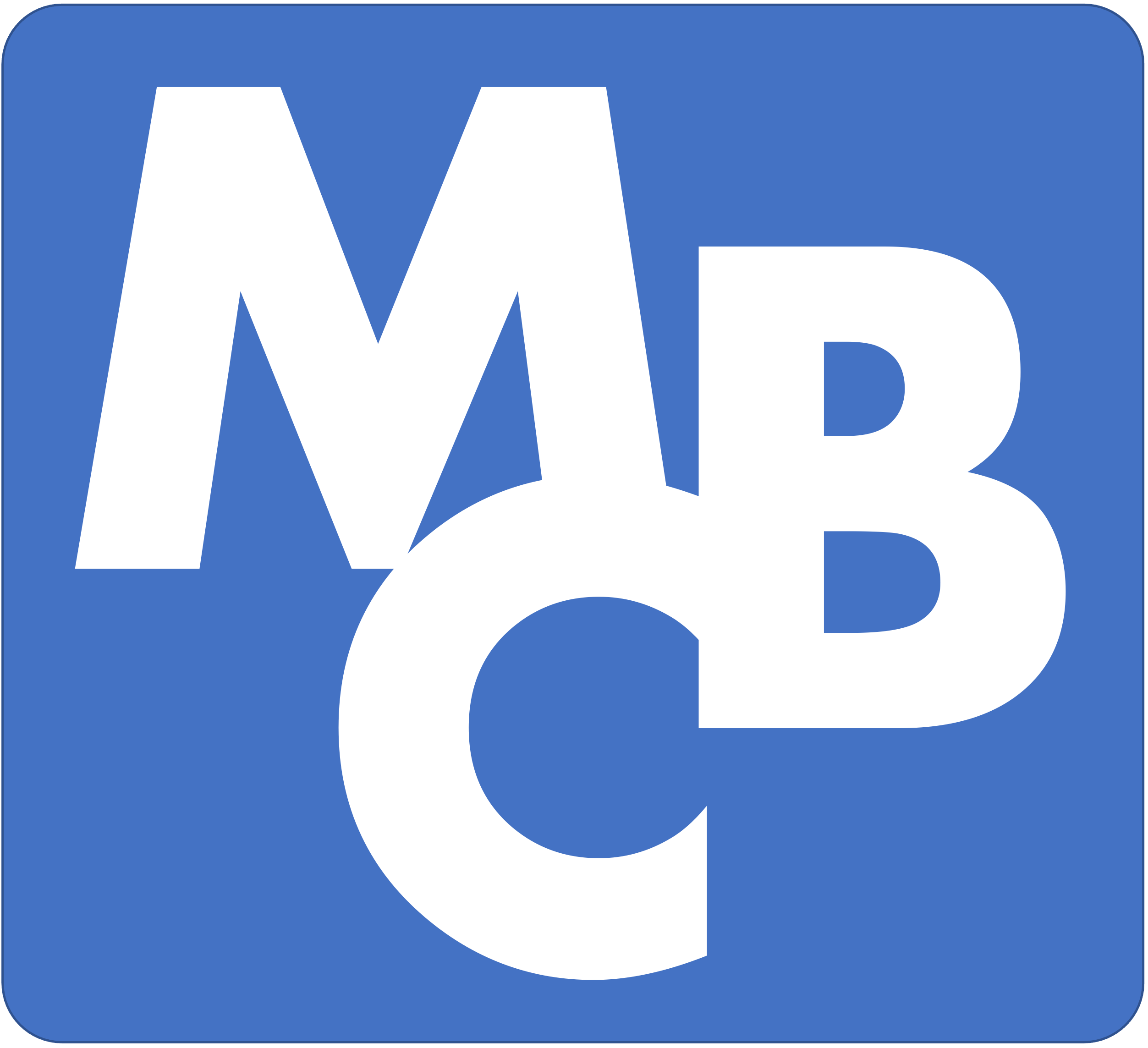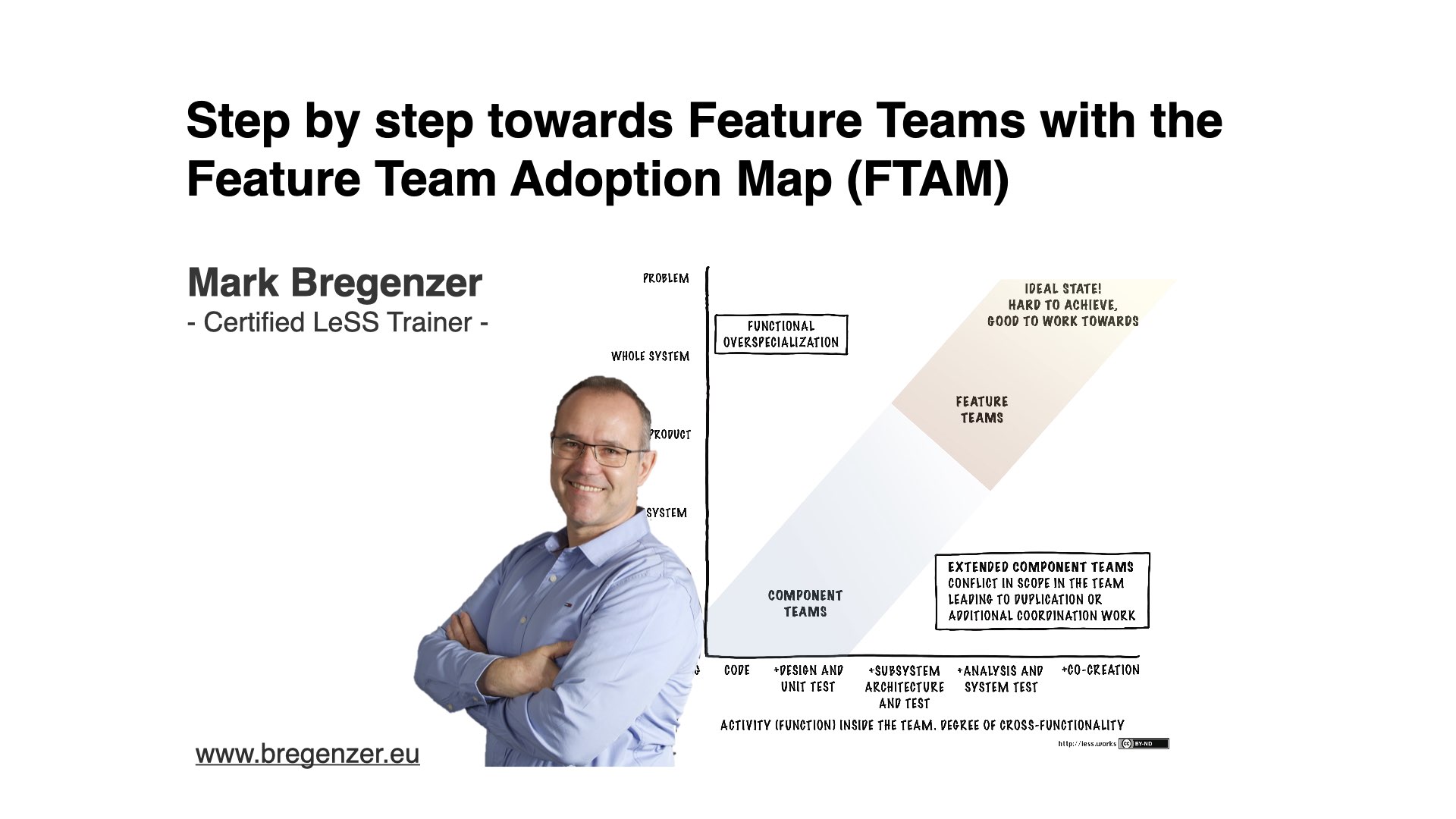- Version
- Download 12
- File Size 3 MB
- File Count 1
- Create Date 22. March 2024
- Last Updated 27. September 2024
Details
End-to-end perspectives and responsibilities are essential to master the complexity of large-scale product development. Feature Teams that can develop and deliver customer-centric features independently set up the basis for successful product development. This is undisputedly formulated in all scaling frameworks.
Although the FTAM approach in LeSS is basically clear and straightforward, there are often many misunderstandings and misinterpretations, so many people shy away from using FTAM. This is a pity because it means that the great potential that LeSS offers for gradual and healthy organizational development is not being exploited.
In this talk, Mark will help clear up these misunderstandings and misinterpretations. He will explain the FTAM in detail, show how to use it easily and show how to combine top-down and bottom-up transformation approaches with the FTAM. Management uses the FTAM to define the conditions for necessary/desired structural changes and, at the same time, team members develop appropriate measures with which they can gradually develop in the direction of a feature team (Owning vs. Renting). A transformation backlog can then be built up from the derived measures.
After the theoretical part, participants can then practice the FTAM application in small groups. Using a provided example or applying the FTAM in their context (exemplarily) and deriving concrete measures for their potential transformation backlog.
Target group:
This Meetup is aimed at professionals and executives, team leaders, organizational designers, agile coaches, scrum masters, and anyone planning or undergoing an agile transformation.
Learning objectives:
- Understand the Feature Team Adoption Map concept
- Understand how to create an FTAM using the Product Definition and DoD
- Understand how to build a transformation backlog with the results of the FTAM

